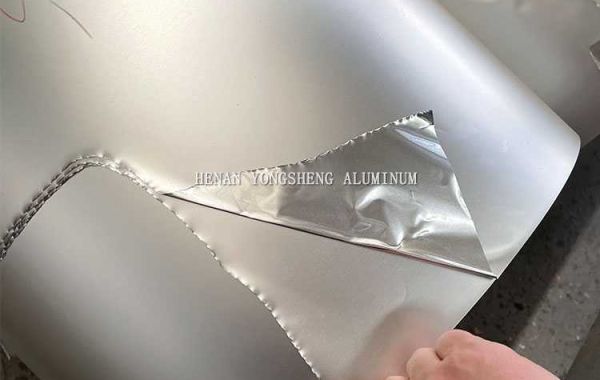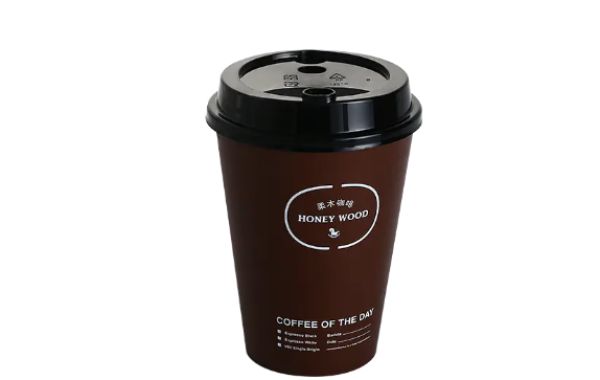Aluminum foil is a household and industrial staple, prized for its versatility in cooking, packaging, and insulation. But what happens when it’s exposed to extreme heat? Understanding the aluminum foil melting point is critical for safe usage in high-temperature environments. In this article, we explore the science behind aluminum foil’s thermal properties, factors affecting its melting temperature, and practical tips to avoid mishaps.
What Is the Melting Point of Aluminum Foil?
Pure aluminum has a melting point of 660.3°C (1220.5°F). However, household aluminum foil is typically made from alloys (e.g., 8011 or 1235) with trace elements like iron or silicon to enhance strength and durability. These additives slightly alter the melting temperature, but most foils melt within 600–660°C (1112–1220°F).
Key factors influencing melting behavior:
- Alloy Composition: Added elements lower or raise the melting range.
- Thickness: Thinner foil heats up faster but doesn’t significantly change the melting point.
- Purity: Recycled foil may contain impurities that affect thermal stability.
Why Aluminum Foil Rarely Melts in Everyday Use
Most common applications of aluminum foil involve temperatures far below its melting point:
- Oven Baking: Standard ovens reach 230–260°C (450–500°F).
- Grilling: Charcoal grills average 370–480°C (700–900°F) but rarely sustain extreme heat evenly.
- Insulation: Used as a radiant barrier, foil reflects heat rather than absorbing it.
However, direct contact with open flames (e.g., campfires or blowtorches) can cause localized melting or ignition of residue (like grease), posing fire risks.
When Does Aluminum Foil Become Hazardous?
While aluminum foil itself isn’t flammable, exceeding its melting point or exposing it to certain conditions can lead to hazards:
- High-Temperature Industrial Processes:
- Aluminum foil may melt in foundries or metalworking (temperatures exceeding 600°C).
- Molten aluminum can react violently with water, releasing hydrogen gas.
- Microwave Misuse:
- Foil causes arcing in microwaves due to electrical conductivity, risking sparks or fires.
- Grease Fires:
- Oil-soaked foil in grills or ovens can ignite at lower temperatures (~300°C).
Practical Tips for Safe Aluminum Foil Usage
- Avoid Direct Flame Contact: Use foil-lined trays in ovens, not over open flames.
- Monitor Grill Temperatures: Keep grill heat below 480°C (900°F) to prevent melting.
- Never Use in Microwaves: Opt for microwave-safe containers instead.
- Dispose Responsibly: Melted foil can damage recycling equipment; check local guidelines.
Applications Leveraging Aluminum Foil’s Thermal Properties
- Thermal Insulation: Reflects radiant heat in attics and spacecraft.
- Pharmaceutical Packaging: Protects medicines from heat during sterilization.
- Lithium-Ion Batteries: Foil serves as a current collector, stable under operational heat.
FAQ: Aluminum Foil Melting Point
Q: Can aluminum foil catch fire?
A: Foil isn’t flammable but can ignite grease or food residues at high heat.
Q: Is melted aluminum foil toxic?
A: Pure aluminum is non-toxic, but inhaling fumes from burning coatings (e.g., non-stick layers) can be harmful.
Q: What’s the highest temperature aluminum foil can withstand?
A: For short-term use, heavy-duty foil tolerates up to 480°C (900°F).
Conclusion
Knowing the aluminum foil melting point empowers users to harness its benefits safely across cooking, manufacturing, and insulation. While household applications rarely approach its thermal limits, avoiding extreme heat sources ensures longevity and safety. For industries, understanding alloy-specific melting behaviors is key to optimizing processes like casting or packaging.








